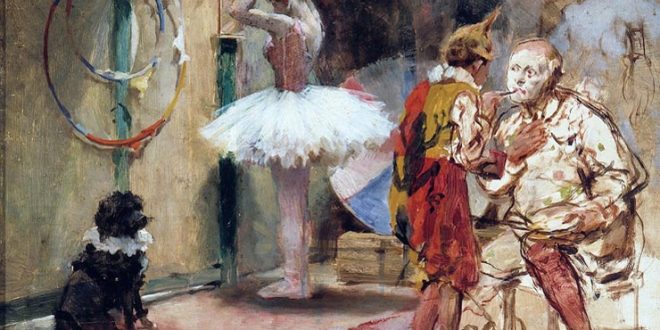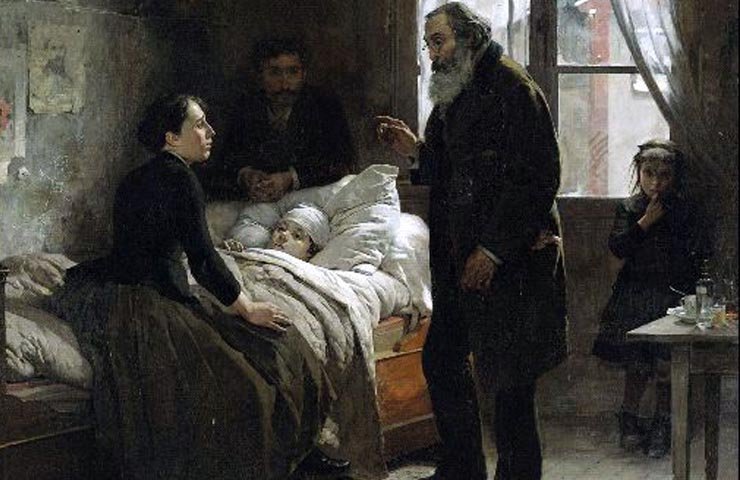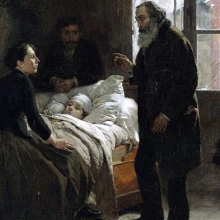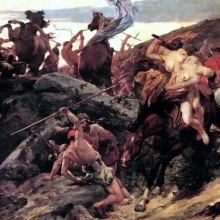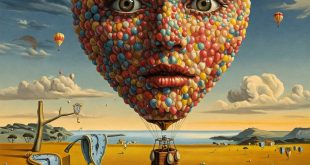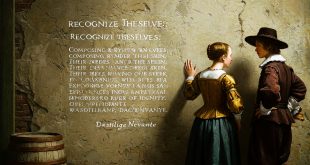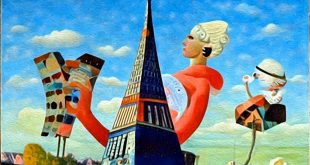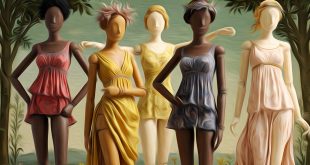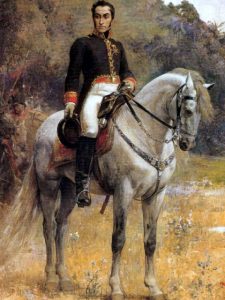 THE HISTORY OF NATION, DISTRIBUTING GOOD COLORS AND USING THE BEST LIGHT
THE HISTORY OF NATION, DISTRIBUTING GOOD COLORS AND USING THE BEST LIGHT
ARTURO MICHELENA 1/3 – In 1874, at the age of eleven, he made his first self-portrait. At age 12, he produced 10 illustrations for the book “Customs of Venezuela”. He – son of a painter – was born on north of Valencia (Carabobo, Venezuela) at the threshold of a distant summer, when revolutionary war was just over. He received first pictorial instructions from his aunt and along with Rojas, Antonio Herrera Toro and Tovar became one of the greatest Venetian painters of the nineteenth century. For a better use of light, a French teacher taught him to distribute colors better, Https://www.youtube.com/watch?v=38XELIJgeA4 Between 1879 and 1882, in association with her father, he collected commissions for portraits, wall paintings and copies of antique paintings.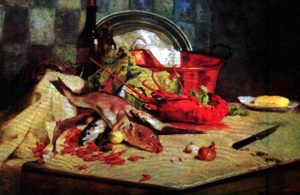
ARTURO MICHELENA 2/3 – After obtaining a scholarship he went to Paris, studying at the painter Jean-Paul Laurens. His first success came in 1887 at the Salon des Artistes Français, where he presented a painting titled “The Sick Child” (later acquired by Astors in New York at the end of the 19th century). His work can be considered as the product of his eclecticism, as opposed to the rules of the Academy of France. He specialized in historical and allegorical works, realizing emblematic paintings of Venezuelan culture. Https://www.youtube.com/watch?v=0Feyo75e0Y8 His premature death made him a fully mature genius in his race against time and death.
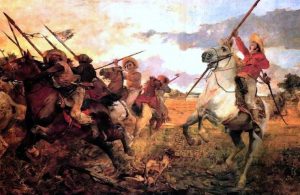 ARTURO MICHELENA 3/3 – In 1889 he returned to Venezuela, where he was triumphantly received. The government commissioned him a work in honor of General Paez, and he painted one of his most famous paintings: “Vuelvan Caras”. During this period, he gained more skills, with great mastery in using color and defining the natural movement of portraying subjects. In some of his works you can perceive tones of other expressions of art: very emotional feelings. Https://www.youtube.com/watch?v=2VjjY7aTVeM After a second stay in Paris, having tuberculosis, he returned to Venezuela, where he became fashionable portraitist, dying in Caracas in 1948.
ARTURO MICHELENA 3/3 – In 1889 he returned to Venezuela, where he was triumphantly received. The government commissioned him a work in honor of General Paez, and he painted one of his most famous paintings: “Vuelvan Caras”. During this period, he gained more skills, with great mastery in using color and defining the natural movement of portraying subjects. In some of his works you can perceive tones of other expressions of art: very emotional feelings. Https://www.youtube.com/watch?v=2VjjY7aTVeM After a second stay in Paris, having tuberculosis, he returned to Venezuela, where he became fashionable portraitist, dying in Caracas in 1948.
The intellectual property of the images that appear in this blog correspond to their authors. The sole purpose of this site, is to spread the knowledge of these painters and that other people enjoy their works. To pursue this issue, you can digit: http://meetingbenches.com/2017/05/venezuelan-itinerary-trough-art-crossing-venezuela-maracaibo-petare/
Audio Player Meeting Benches World art in all forms
Meeting Benches World art in all forms
